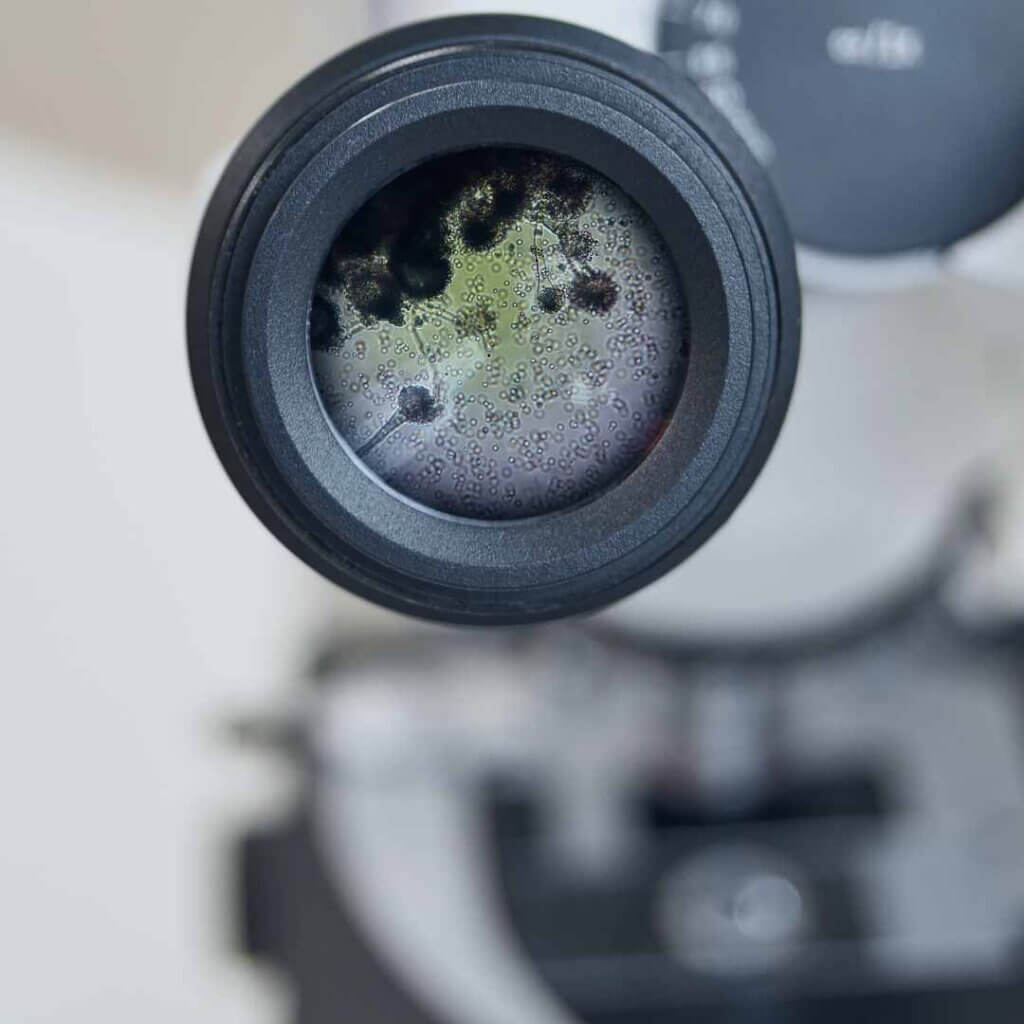Mould Removal: Identifying Different Types of Mould
Mould Removal: Identifying Different Types of Mould
Mould is a common issue that homeowners encounter, and it can have adverse effects on both health and property. Identifying different types of mould is crucial in effectively addressing the problem and implementing appropriate mould removal measures. In this comprehensive guide, we will explore various types of mould, their characteristics, and the methods to identify them. By understanding the distinctions between mould species, you will be better equipped to take the necessary mould removal steps to eliminate them and prevent their recurrence.
Identifying Different Types of Mould: A Step-by-Step Guide
Understanding Common Mould Species
Mould comes in various forms and colours, each with its own characteristics. By familiarizing yourself with the common mould species, you can better identify and deal with them appropriately. Some of the frequently encountered mould types include:
Stachybotrys Chartarum (Black Mould)
Black mould, commonly known as Stachybotrys Chartarum, appears as dark greenish-black patches. It thrives in areas with excessive moisture, such as bathrooms and basements. Black mould has a slimy texture and emits a distinct musty odour. Certain strains of black mould produce toxic substances called mycotoxins, which, if inhaled in high levels, can lead to toxic mould syndrome, causing symptoms like fatigue, headaches, nausea, and organ damage.
Aspergillus
Aspergillus is a mould genus that encompasses various species. It often appears as powdery or fluffy growth and can be of different colours, including green, white, or yellow. Aspergillus can cause respiratory issues and is commonly found in damp environments, such as flooded areas or water-damaged buildings.
Penicillium
Penicillium is a mould species that commonly affects indoor environments. It has a velvety or powdery texture and can appear in shades of green, blue, or white. Penicillium can cause allergic reactions and respiratory problems. It is often found in areas with water damage, such as leaky pipes, roofs, or condensation-prone spaces.
Visual Inspection
Visual inspection is a crucial step in identifying different types of mould for mould removal. Look for discoloured patches, fuzzy or slimy growth, and any signs of water damage or excess moisture. Pay attention to areas that are prone to dampness, such as bathrooms, kitchens, basements, and areas affected by leaks or floods.
Signs of water damage can manifest in various ways, indicating potential issues that require immediate attention. Common signs include discoloured or stained walls or ceilings, peeling or bubbling paint, warped or buckled flooring, a musty odour, visible mould or mildew growth, damp or swollen drywall, water stains or rings, and a sudden increase in your water bill. Additionally, you might notice water pooling or dripping, a damp or humid feeling in the air, or a soft or spongy texture in affected areas. Promptly addressing these signs is crucial to prevent further damage, mould growth, and potential health hazards.
Sample Testing
In some cases, sample testing may be necessary to identify the specific type of mould present. This is typically done by professional mould removal cleaners who collect samples from the affected area and send them to a laboratory for analysis. Sample testing can provide detailed information about the mould species, its potential health risks, and appropriate mould removal methods.
Consulting Mould Removal Specialists
If you are uncertain about the type of mould or the severity of the infestation, it is advisable to consult professional mould removal services. These experts have the knowledge and experience to accurately identify different types of mould and develop effective mould removal strategies. They use specialized equipment and techniques to assess the extent of the mould growth and ensure safe removal.
FAQs
Can I identify the type of mould based on its colour?
While colour can provide some clues about the type of mould, it is not definitive. Different mould species can appear in various colours, so it is best to consult professional mould removal cleaners for accurate identification.
Is it necessary to identify the exact mould species for mould removal?
While identifying the exact mould species is not always necessary for general remediation, it can be helpful in determining the appropriate safety precautions and targeted treatment methods.
Can I use DIY mould test kits to identify mould types?
DIY mould test kits can provide initial indications of mould presence, but they may not accurately identify the specific mould species. Professional testing and analysis are recommended for precise identification.
Are all mould species harmful to health?
While some mould species are more hazardous than others, all mould has the potential to cause health issues, especially for individuals with allergies, asthma, or weakened immune systems.
How can I prevent different types of mould growth in my home?
To prevent mould growth, control indoor humidity levels, address water leaks promptly, ensure proper ventilation, and keep the home clean and dry. Regular inspections and maintenance can help identify and mitigate potential mould problems.
Can I remove different types of mould myself?
Minor mould issues can sometimes be addressed by homeowners using proper safety precautions. However, extensive mould growth or certain mould species may require professional mould removal services for effective and safe remediation.
Identifying different types of mould is essential for effective mould removal and prevention. By understanding the characteristics of common mould species, conducting visual inspections, and seeking professional mould removal assistance when needed, you can better address mould issues in your home. Remember to take prompt action and implement preventive measures to create a safe and healthy living environment.
Why Choose AllAces?
AllAces Cleaning & Restoration has more than 35 years of industry experience, tackling small to large-scale commercial mould removal projects. Our IICRC-certified technicians utilise advanced technology and equipment to ensure our clients receive the best possible results and return a property to its pre-loss condition. Working with professionalism, expertise, and teamwork, AllAces can handle the job.



